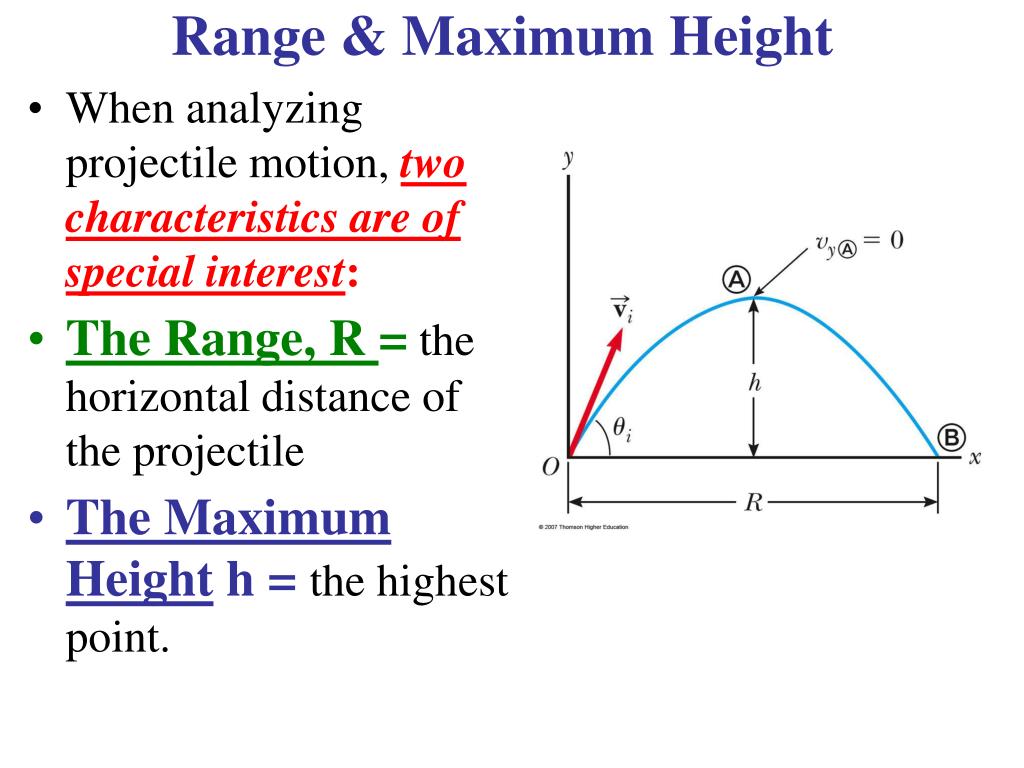Featured
Kinematic Equation To Find Max Height
Kinematic Equation To Find Max Height. T (v_y=0) = v_y / g. The equations can be utilized for any motion that can be described as being either a constant velocity motion (an acceleration of 0 m/s/s) or a constant acceleration motion.

Using this we can rearrange the velocity equation to find the time it will take for the object to reach maximum height. (a) find the time when the ball reaches its maximum height. Y 3 = y 1 + v 1 δt + ½ a (δt) 2.
Now, Find The Vertical Distance From The Surface At That Time:
V x (0) = v 0 cosθ = 99.8 m/s ~100 m/s, v y (0) = v 0 sinθ = 75.2 m/s ~ 75 m/s. While learning to fix kinematics problems, pupils generally have far too many equations bouncing around inside their heads. We can see that the most suitable kinematic equation to apply here is:
Using This We Can Rearrange The Velocity Equation To Find The Time It Will Take For The Object To Reach Maximum Height.
(a) v 0 = 125 m/s, θ = 37 degrees. \(h=\frac{u^2 \cdot \sin^2\theta}{2\cdot g} \) V = u + at.
For Example, The Final Velocity (V F) After Traveling To The Peak Would Be Assigned A Value Of 0 M/S.
For the maximum height, the formula is ymax = vy^2 / (2 * g) when using these equations, keep these points in mind: The maximum height, y max, can be found from the equation: The maximum height is reached when v_y=0.
We Can Simplify By Combining The Terms To Get.
Write the velocity and position kinematic equations. Write the velocity and position kinematic equations: The speed of 6.4 m/s is about 14 mph, so is a reasonable answer.
This Equation Defines The Maximum Height Of A Projectile Above Its Launch Position And It Depends Only On The Vertical Component Of The Initial Velocity.
The maximum height of the water from the hose is 50.2 m. We have motion with constant acceleration. The maximum height of projectile is given by the formula:
Comments
Post a Comment